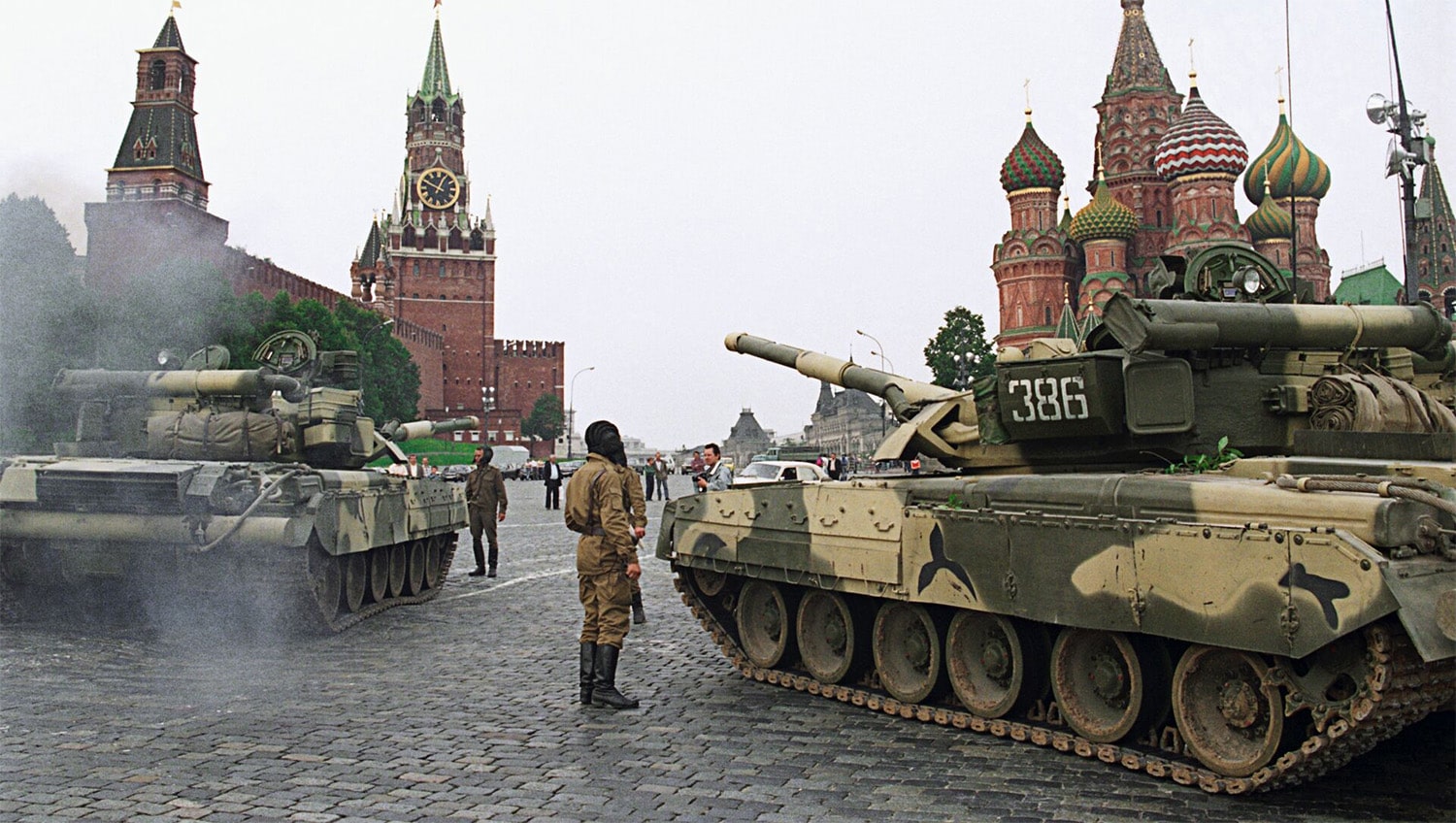
27 interesting facts about Fall of the Soviet Union
- 👁️ 238
The fall of the Soviet Union, officially known as the Union of Soviet Socialist Republics (USSR), marked the end of a significant era in global politics and reshaped the world’s geopolitical landscape. Spanning from its establishment in 1922 to its dissolution in 1991, the Soviet Union was a superpower that played a major role in international affairs, particularly during the Cold War. Its collapse was not a single event but a series of events that highlighted underlying economic struggles, political reforms, and the desire for independence among its constituent republics. This period of change ultimately led to the emergence of 15 independent nations and significantly affected global economic and political dynamics. Here are 27 interesting and informative facts about the fall of the Soviet Union that provide insight into its causes, process, and aftermath.
- Mikhail Gorbachev, who became the General Secretary of the Communist Party in 1985, introduced the policies of glasnost (openness) and perestroika (restructuring) in an attempt to modernize the Soviet Union.
- The Chernobyl disaster in 1986 exposed the inefficiencies and secrecy of the Soviet government, fueling public dissatisfaction.
- The Soviet-Afghan War (1979-1989) drained the USSR’s resources and was often referred to as the “Soviet Union’s Vietnam.”
- Economic stagnation and a decline in oil prices during the 1980s severely impacted the Soviet economy.
- Nationalist movements and demands for independence grew stronger in the Baltic states (Estonia, Latvia, and Lithuania) and other republics in the late 1980s.
- In 1989, the fall of the Berlin Wall symbolized the weakening of Soviet influence in Eastern Europe.
- The first McDonald’s in the Soviet Union opened in Moscow in 1990, symbolizing the penetration of Western culture and capitalism.
- The failed coup d’état in August 1991 by hardline members of the government accelerated the dissolution of the Soviet Union.
- Boris Yeltsin, president of the Russian Soviet Federative Socialist Republic, emerged as a key figure opposing the coup and advocating for reform.
- On December 25, 1991, Mikhail Gorbachev resigned as President of the USSR, effectively marking the end of the Soviet Union.
- The Soviet flag was lowered for the last time over the Kremlin, replaced by the Russian flag, on December 26, 1991.
- The Commonwealth of Independent States (CIS) was formed in December 1991 by Russia, Ukraine, and Belarus to facilitate a peaceful dissolution.
- The Soviet Union officially ceased to exist on December 31, 1991, when the Soviet hammer and sickle flag was lowered for the last time.
- The 1991 Belavezha Accords were a declaration that the Soviet Union was dissolved and replaced by the CIS.
- The Soviet Union’s collapse led to significant economic hardship in the newly independent states throughout the 1990s.
- The “shock therapy” approach to transitioning from a planned economy to a market economy resulted in hyperinflation and a decrease in living standards for many people.
- The fall of the Soviet Union ended the Cold War, the decades-long geopolitical tension between the Soviet bloc and the Western bloc led by the United States.
- The breakup saw the largest transfer of nuclear weapons in history as Ukraine, Kazakhstan, and Belarus handed over their nuclear arsenals to Russia.
- The KGB, the Soviet Union’s main security agency, was dissolved and replaced by the Federal Security Service (FSB) in Russia.
- Ethnic conflicts and civil wars emerged in several post-Soviet states, including Chechnya, Georgia, and Tajikistan.
- The transition to democracy and market economies varied significantly among the post-Soviet states.
- The fall of the Soviet Union left the United States as the world’s sole superpower.
- The “parade of sovereignties” in 1990-1991 saw Soviet republics declaring their sovereignty and, eventually, their independence.
- The Baltic states were the first to declare independence, with Lithuania doing so in March 1990.
- The Soviet Union’s space program, once a source of national pride and technological achievement, was divided among the successor states.
- The fall of the Soviet Union prompted a wave of economic liberalization and privatization of state assets.
- The event marked one of the most significant geopolitical shifts of the 20th century, influencing international relations and global politics for decades to come.
The fall of the Soviet Union was a complex and multifaceted process that had profound implications for the world. It signified the end of a superpower that had played a central role in global affairs for nearly 70 years. The dissolution led to the emergence of new nations, the end of the Cold War, and significant changes in the international political and economic order. As the world continues to grapple with the legacy of the Soviet Union, the events leading to its fall remain a subject of study and reflection. Understanding this pivotal period in history helps us appreciate the challenges and opportunities that arose from one of the 20th century’s most significant transformations. The dissolution of the Soviet Union not only reshaped national borders but also impacted the lives of millions, setting the stage for a new era in global relations. As we move forward, the lessons learned from the fall of the Soviet Union continue to inform our understanding of political dynamics, economic reforms, and the quest for security and freedom around the world.
The fall of the Soviet Union, officially known as the Union of Soviet Socialist Republics (USSR), marked the end of a significant era in global politics and reshaped the world’s geopolitical landscape. Spanning from its establishment in 1922 to its dissolution in 1991, the Soviet Union was a superpower that…